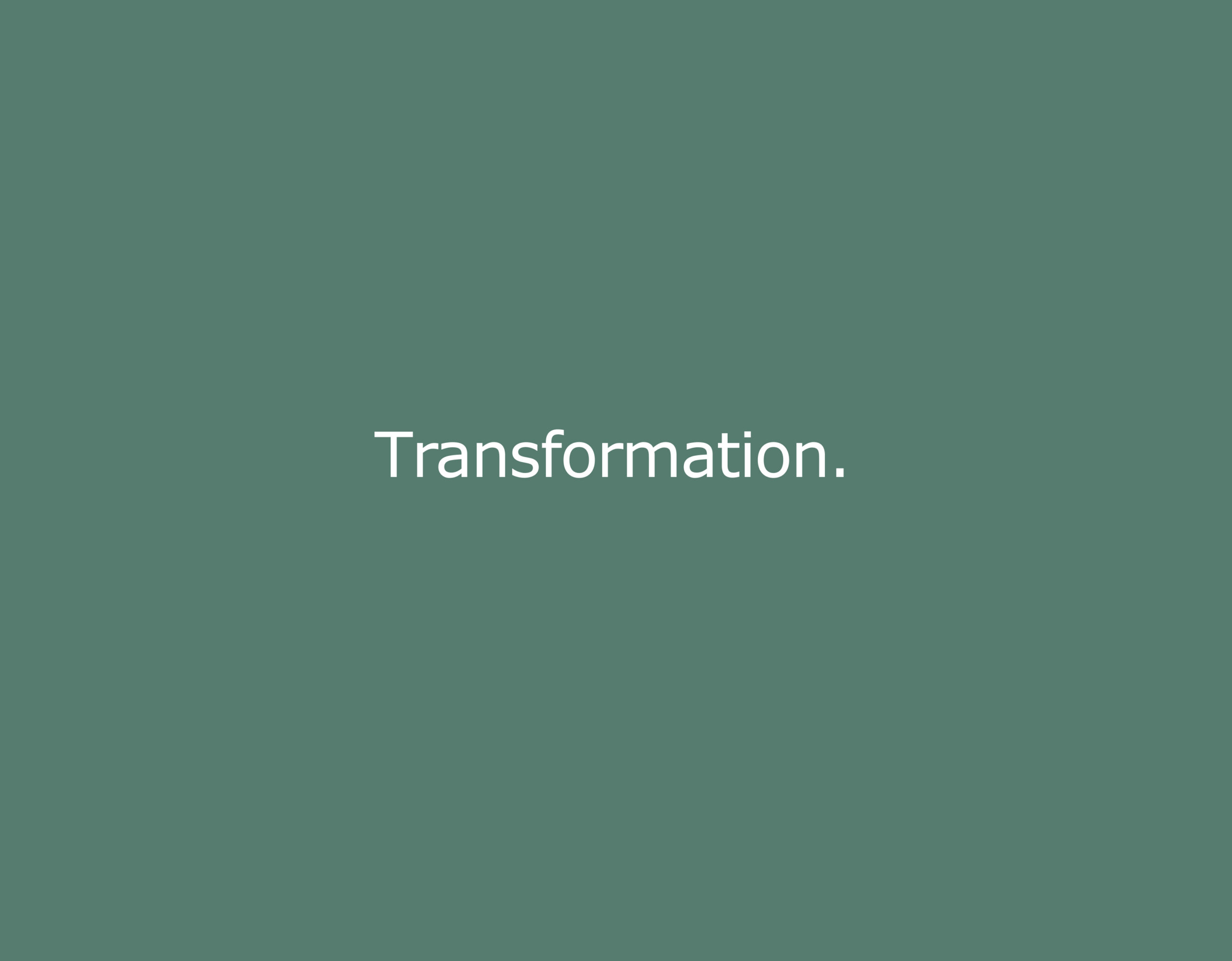
OK, folks. We are looking for conversation partners…. Won’t you take a minute to share your ideas and thoughts with us after you read this? This week’s topic…
Impact: Three ideas for driving transformational change through joint learning
People sometimes comment that I have an intriguing (if not downright “cool”) title: VP for Impact. Usually it opens up a conversation about EHF’s vision, how we understand our responsibilities as a philanthropy, and how we can engage continual learning to have better impact in moving towards that vision over time.
Key to understanding why a foundation would focus on impact is the recognition of a movement in philanthropy over the last decade or so that embraces a stewardship responsibility of philanthropy (shouldn’t we be focused on spending that money strategically?), and how foundations can play a critical role in advancing broad social values such as opportunity and equity within communities, leverage resources to ratchet up success, and invest in promising approaches that don’t have a natural funding champion. Combining EHF’s commitment to stewardship with our other core goals of accountability and transparency, we begin to develop a framework for some of the work of the Impact Division at EHF.
If my conversational partner’s eyes haven’t glazed over yet—and usually they haven’t—we get to have what I think is an even more interesting conversation, and one that I often learn a lot from: how should we do it. Well, first, the “we” here is not an insular concept, I say. EHF recognizes that true learning only comes from partnership, and also from critical self-reflection of one’s own role. So:
Idea #1: EHF should be advancing the impact of our work and investments on community health by both tracking the foundation’s internal functioning and evaluating the work that we engage in partnership with others (Note: this means YOU, all of our partners).
Now, traditionally, evaluation that is associated with funding relationships has been intended to strengthen accountability for “deliverables.” While this is certainly a worthy activity, EHF recognizes that impact is not just about doing what we say we will do; it is also, critically, about learning how to do it better, together. While some in the health care field have been exposed to (if not bombarded with) concepts of continuous quality improvement, it is a concept that perhaps has not been as deeply developed for the work of other health-impacting entities, such as non-profits or some public agencies. It will take time and trust to develop a joint culture of evaluation for improvement and learning, which leads us to:
Idea #2: EHF’s evaluation efforts need to create protected spaces and processes for learning with partners, in ways that encourage transparency and experimentation over the long term.
OK, I read the book that says you should only discuss a max of 3 ideas at a time, so we are finally at the end. Both in service to creating the trusted environment described in idea 2, and also because building a learning culture itself is a learning process, we are going to need to walk together along this journey, and actively share our knowledge, our priorities, emerging ideas, and experiences…
Idea #3: The most useful evaluation and learning systems, leading to transformational change and impact, will necessarily be developed jointly, identify a common learning agenda, reflect the learning needs of many partners, and support capacity building and access to resources along the way.
For some, like my kids, my job may seem a little less cool when the conversation is done, but for others, there is a lot of nodding and “of-course-we-should-be-doing-that”s. For a few, a big grin…that’s what I look for.
What do you think?
How do you think we can best learn together to create transformative change in community health?